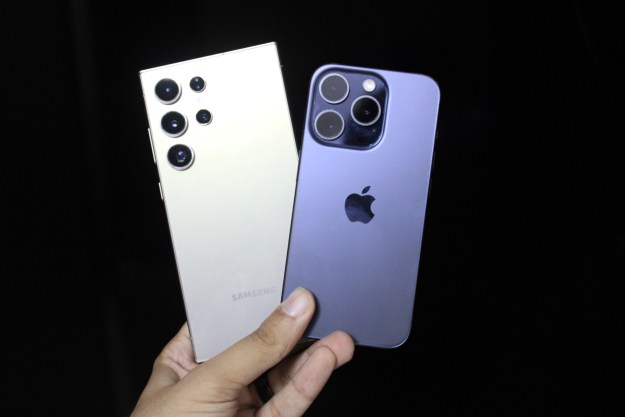The name Joby may not be that familiar to you, but you probably know its most famous product, the GorillaPod. The versatile camera/smartphone tripod is a staple for many people who enjoy taking photos and video, but the company’s newest products are different. Joby has launched a new range of microphones under the Wavo name — the Wavo Air, Wavo Pro, Wavo Lav Pro, and Wavo Pod.

We’re most interested in the Wavo Air, a $250 wireless microphone system for smartphones and cameras. Wireless microphones make life easier for anyone who wants to record sound for video when moving around, or simply not be tethered to anything when seated. However, wireless mics are often very expensive, difficult to set up and use, don’t always work with mobile devices, and some even require a license. Joby’s Wavo Air removes these obstacles so you can concentrate on shooting video and what you’re going to say.

The comprehensive kit includes a main receiver, two transmitters (so you can use it for interviews), two lavalier microphones that plug into each transmitter, plus TRS and TRRS cables to connect the receiver to a smartphone or camera. The system works on the 2.4GHz frequency, so the mics don’t need a license, and Joby expects the range to be around 164 feet, or 50 meters. Also in the box are various mounts for the transmitters, including a lanyard with a magnetic disc, two dead cat mufflers for the transmitters, and a cold shoe for a camera.

The Wavo Air is one of four new Wavo products from Joby. The cheapest new product is the $80 Wavo Lav Pro, a lavalier microphone with a 2.5-meter cable leading to a 3.5mm TRS jack that’s ready to plug into a phone or camera. At the opposite end of the range is the Wavo Pro, a $300 shotgun microphone with an Active Noise Reduction (ANR) system and an app to control sound in real time. It’s designed for cameras.
Finally, there’s the $100 Wavo Pod, a USB condenser microphone for podcasters and streamers. It has a USB Type-C connection, can record in both cardioid and omnidirectional patterns at 24bit/48kHz, and has a 3.5mm headphone jack for audio monitoring. Like the Wavo Pro and Wavo Air, the Wavo Pod works with the GorillaPod tripod for flexible mounting and stability. The Wavo Pro also works with Joby’s Beamo lighting range.
All the new products are available from Joby’s website today.
Editors' Recommendations
- Why you should buy the iPhone 15 Pro instead of the iPhone 15 Pro Max
- Why you should buy the iPhone 15 Pro Max instead of the iPhone 15 Pro
- 5 phones you should buy instead of the iPhone 15 Pro Max
- Watch an acclaimed director use the iPhone 15 Pro to shoot a movie
- 5 phones you should buy instead of the iPhone 15 Pro




